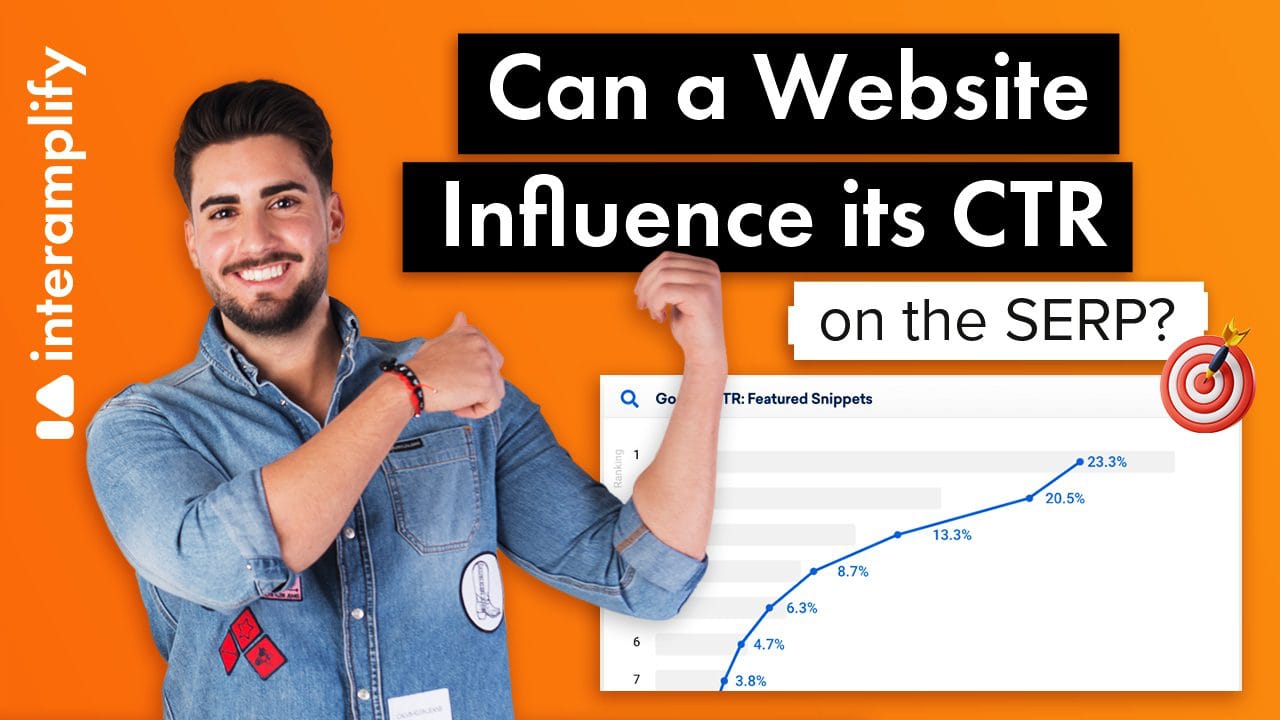A blog is one of the best marketing tools for your business.
And the key to creating quality content for your blog is not the fun or freedom you can offer by writing the pieces of content you want, no.
The key to success is in selling more thanks to your articles, which will position yourself as an expert within the niche.
But… How the hell do you do that when there are so many people creating posts every day, right?
Well, it’s very easy: because thanks to our guide no one is going to do it better than you.
Here you will find, in 10 doses, all you have to do to succeed with your blog:
1. Build a profile of your Buyer Persona
Before configuring your web strategy, it is important to think about the people you want to reach, understand the buying path of your potential visitors and segment your audience.
Let’s speak clearly:
A buyer persona (or buyer profile) is an imaginary representation of your ideal target buyer in the form of a fictitious character. It’s that idea that you have in mind of the person that is going to buy from you, isn’t it? 🙂
Surely you know if your product or service is aimed at a 25-year-old person who has just finished university or at a 40-year-old who has an important position within a multinational and is responsible for making decisions within his department.
Well, we don’t want you to have a blurred image of this person. In fact, it is of no use to us at all.
You have to take the time to sit down and write in a document who you think is the person who is going to buy you, what is their job, what are their hobbies, what online platforms do they consume content from, etc…
It must be very detailed so that it is as real as possible, you have to put him or her a face and think a lot about who is really that person who would buy you.
Now you won’t only know that there’s a 25-year-old person behind you. You’re going to name him (David), you’re going to talk about where he spends his free time on the Internet (visit Youtube and Instagram a lot), his hobbies (he likes motorcycles so he follows this profile and this one), in which newspapers he documents himself, what his fears are when making the purchase, what his needs are?
Normally it is necessary to create several different profiles that match all the segments of your target: that is, you will have more than one buyer and you want to know all of them 🙂
Why are we doing this?
Because you need to know who you’re talking to so you know what’s bothering them, how to find them and how to talk to them so that they stay with you and end up making a purchase.
Here you have a template that will go well for you to know what you need to know when making your profile.
2. You are only going to publish quality content.
Many of our colleagues believe that digital marketing requires a lot of content to get a real return on investment.
It’s true that the “mass effect” makes a company more visible. For example, if you publish a post once a month and your competition publish every day, it is clear that it will have more opportunities to be visible.
But, beyond the visits, what results will you get with the pieces of content you publish every day?
Let us explain it better: what’s the point of having 10,000, 20,000 or even 50,000 visits in a low-quality post? What’s the return in terms of conversion?
The purpose of our content marketing is to convert an unknown audience into leads that we can sell to later.
Our content will solve doubts in such a way that it will arouse interest in the person to know who is behind all that information. They will want to subscribe to continue receiving your articles because you help them, and they consider you to be an expert.
What we mean by this is that effective content is not necessarily a publication with 100,000 views. Effective content is a publication with commitment, which solves questions as perfectly as possible and speaks directly to our buyer persona.
To put it more clearly, it is a publication that makes your audience interact, generate clicks, comments and subscriptions.
3. Be regular
Have an active blog, yes, but with constancy.
Let your audience know when you’re going to publish content and don’t fail.
4. Before you start thinking about what to write, first analyze the most successful competitor articles.
Do an SEO analysis of your competition.
Now we’re going to show you how, don’t worry, but please, even if you don’t know about SEO yet, even if you’re lazy to perform analysis, do it.
Why? Because that way you can:
- Discover what’s working and what’s not in your sector.
- Save time: you are going to go directly to what will give you something in return.
- Analyze your competitors’ weaknesses and take advantage of them!
- Discover the strengths of your competitors and replicate them.
- Understand which SEO tasks you should prioritize in the future.
- Understand how difficult it could be to beat your competitors in the results pages (SERPs).
How do you do all this?
Look, others will tell you in a more complicated way, but this is the simplest:
Create an account in Ahrefs or Semrush, put the website of your competition and see what keywords are being positioned.
Write down all those keywords to make an article that looks much better than theirs 🙂
5. Do an exhaustive keyword study
Ok, you already have the keywords of your competition, which you will attack, now it’s time to look for your own.
Enter AnswerThePublic, your niche forums and social networks to find out what people in your sector are asking themselves, what their needs are.
All those doubts, write them down and use the same tools mentioned above, plus KeywordShitter, to know exactly how people search for them and create quality content by solving questions.
Anticipate your customers’ questions, but also respond publicly to questions asked in private. Writing about topics that interest your audience is a great way to build loyalty.
6. Start collecting e-mails… NOW!
You’ve heard it a thousand times: pick up e-mails from the beginning!
Why?
Because the fundamental objective of your content strategy will be to increase the number of subscribers to your blog so that you can interact directly with them through their email, to send them personalized messages.
Keep in mind that in online marketing the important thing is to attract your buyer persona with pieces of content to your blog to create a relationship of trust that guides them to a purchase decision.
That is, the users who feel really committed to the information you are giving them are the ones who become part of your email list… And they are very VERY valuable.
If someone chooses to become an actual lead (that is, subscribe), they become prospects with whom you can establish a direct and personal communication that will accompany them through the sales funnel until they make their purchase.
Conclusion: ask for e-mail addresses from the beginning!
7. Create community through social networks
Social networks are playing an increasingly important role in search engines. Therefore, being present on different platforms is an effective way to improve your personal or company brand.
What are the positive points of having social networks?
- Increase visits to your website and blog.
- Increase the visibility of your content.
- Communicate directly with your customers and readers.
- Create a community around your values.
In short, social networks help increase the visibility of your business. You have to be in them. You don’t need to be in all of them, but you do need to be in the ones your buyer persona is in.
8. Invest in link building (seriously)
We already told you in the previous article about whether it was really necessary to do link building: it is the second most important factor in any online business. The first is content marketing.
What is link building?
The creation of links or link building seeks to increase the authority of a page by generating links to it.
Why would you want to do that?
Well, Google positions the pages that have more authority in their niche, and calculates it through links.
The more links you have pointing to your website, the higher you get.
The problem?
It is very difficult to get quality links within your niche manually. It’s very tedious.
So, if you have a business and you don’t have time to do a good link building strategy, don’t stop doing it for that.
In Interamplify we are experts in the creation of natural links, we connect you with journalists, bloggers and influencers strategically located in high-quality real media with real traffic to position you as an expert in your niche.
Let us know here what you need, we have your back.
9. Check the analytics to know what is working and what is not.
Create an account in Google Analytics, use the code on your website and spend hours analyzing what is working best for you.
10. Learn how to automate
In English, many people say: “learn to rest to not quit”.
It would be translated as “learn to rest so as not to give up”.
People don’t know it, but writing content on the Internet and performing all the actions we’ve told you about before is very time-consuming. Many more hours than a full working day.
Learn to organize your time well and above all to establish priorities so that your actions give you the maximum in return.
Look for information on task automation and, above all, when you start to notice that you are too exhausted: rest!






